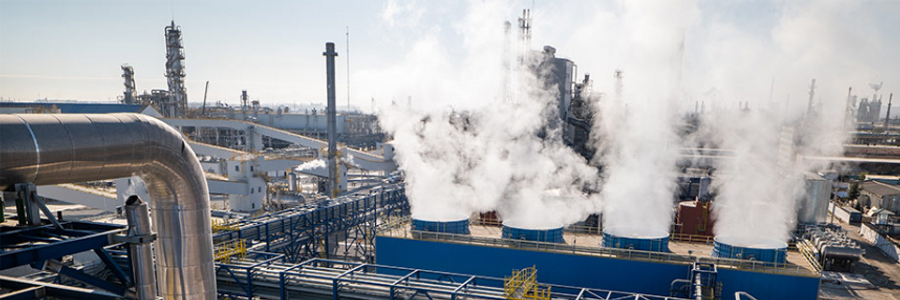
Nitric Acid Production Cost, Price Trend Analysis and Forecast, Industry Trends, Plant Cost 2022-2027 | Syndicated Analytics
Submitted 2 years ago by peter perker • nitric-acid-production-cost-analysis-price-trends-2022-2027

Nitric Acid Production Cost 2022: Price Trend Analysis and Forecast, Industry Trends, Plant Cost, Land and Construction Costs, Raw Materials Costs 2027 | Syndicated Analytics – Reston Recorder
Submitted 2 years ago by peter perker • nitric-acid-production-cost-analysis-price-trends-2022-2027

Nitric Acid Price Trend and Production Cost: Industry Trends, Forecast, Plant Cost, Land and Construction Costs, Raw Materials Costs 2022-2027 | Syndicated Analytics – Xaralite
Submitted 2 years ago by peter perker • nitric-acid-production-cost-analysis-price-trends-2022-2027

Nitric Acid Production Plant Cost Analysis, Price Trends and Forecast, Profit Margins, Raw Materials Costs, Land and Construction Costs 2022-2027 | Syndicated Analytics – Spooool.ie
Submitted 2 years ago by peter perker • nitric-acid-production-cost-analysis-price-trends-2022-2027

Nitric Acid Price Trends and Production Plant Cost Analysis 2022: Profit Margins, Forecast, Raw Materials Costs, Cost and Revenue, Land and Construction Costs 2027 | Syndicated Analytics – The Sports Forward
Submitted 2 years ago by peter perker • nitric-acid-production-cost-analysis-price-trends-2022-2027


Nitric Acid Price Trends And Production Plant Cost Analysis 2022: Industry Trends, Construction Costs, Raw Materials Costs 2027 | Syndicated | syndicatedanaly | Prose.
Submitted 2 years ago by peter perker • nitric-acid-production-cost-analysis-price-trends-2022-2027

Nitric Acid Production Cost Analysis Report 2021, Price Trends, Raw Materials Costs, Profit Margins, Land and Construction Costs
Submitted 2 years ago by peter perker • nitric-acid-production-cost-analysis-price-trends-2022-2027


